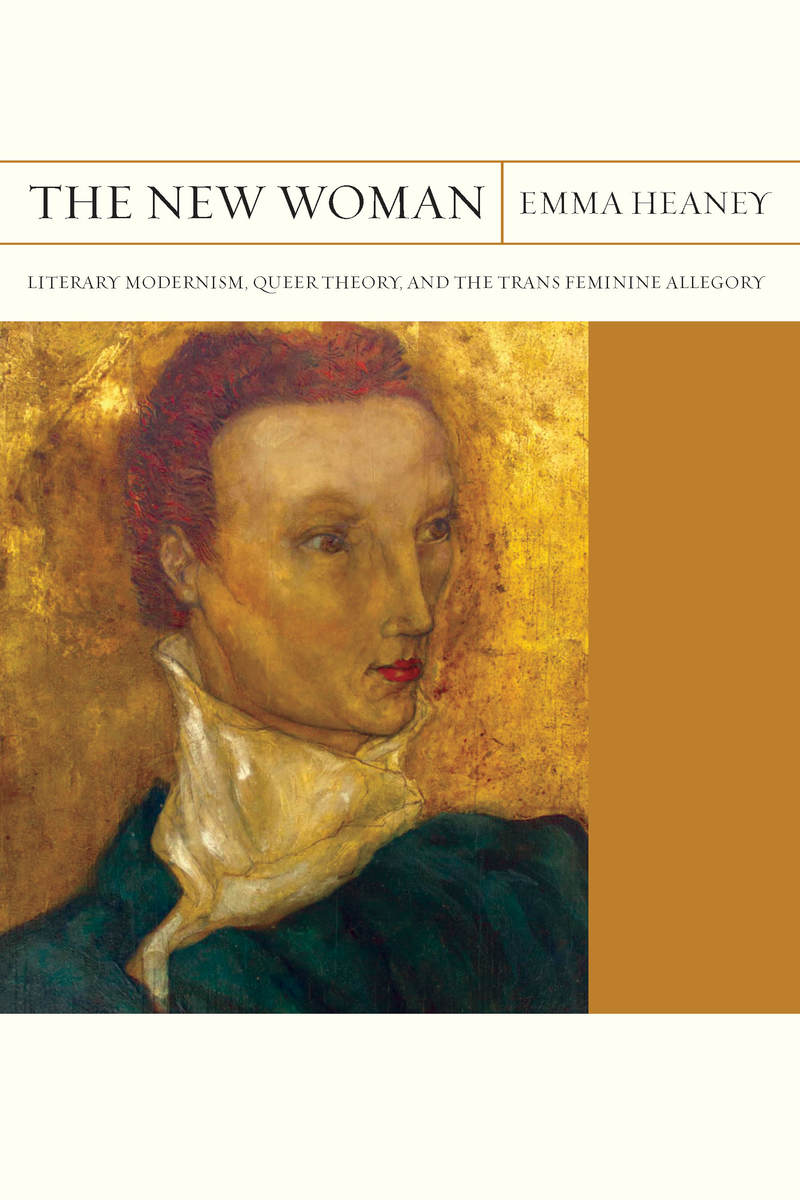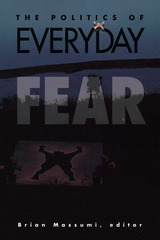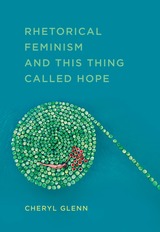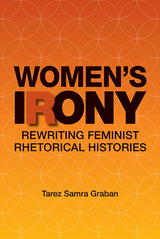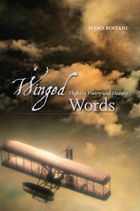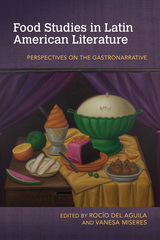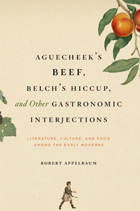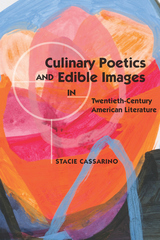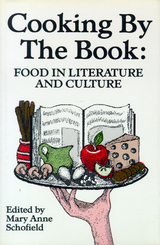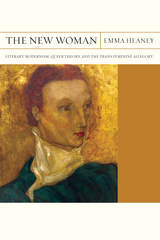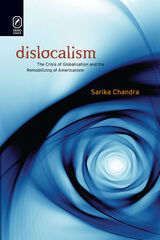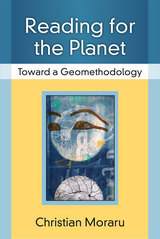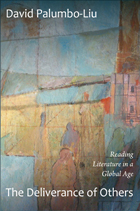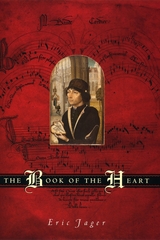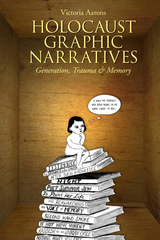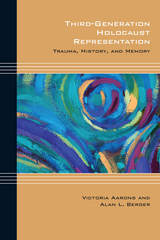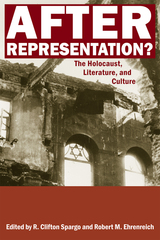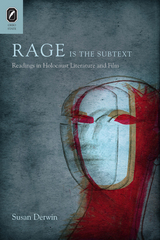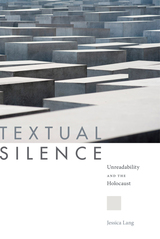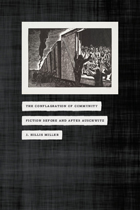The New Woman: Literary Modernism, Queer Theory, and the Trans Feminine Allegory
Northwestern University Press, 2017
Cloth: 978-0-8101-3554-3 | eISBN: 978-0-8101-3555-0 | Paper: 978-0-8101-3553-6
Library of Congress Classification PN56.G45H43 2017
Dewey Decimal Classification 809.9335267
Cloth: 978-0-8101-3554-3 | eISBN: 978-0-8101-3555-0 | Paper: 978-0-8101-3553-6
Library of Congress Classification PN56.G45H43 2017
Dewey Decimal Classification 809.9335267
ABOUT THIS BOOK | AUTHOR BIOGRAPHY | REVIEWS | TOC | REQUEST ACCESSIBLE FILE
ABOUT THIS BOOK
The New Woman: Literary Modernism, Queer Theory, and the Trans Feminine Allegory traces the use of the trans feminine as an allegorical figure, from the practice's origins in nineteenth-century sexology through writings in the fields of psychoanalysis, Modernist fiction, and contemporary Queer Theory.
The book is the first to identify the process by which medical sources simplified the diversity of trans feminine experience into a single diagnostic narrative. It then demonstrates that this medical figure became an archetype for the "sexual anarchy" of the Modernist period in works by Aldous Huxley, James Joyce, Djuna Barnes, T. S. Eliot, and Jean Genet.
Thus illuminating the trans feminine's Modernist provenance, the book examines foundational works of Queer Theory that resuscitated the trans feminine allegory at the end of the twentieth century. Insightful and seminal, The New Woman debunks the pervasive reflex beginning in the 1990s to connect trans experience to a late twentieth-century collapse of sexual differences by revealing the Modernist roots of that very formulation.
The book is the first to identify the process by which medical sources simplified the diversity of trans feminine experience into a single diagnostic narrative. It then demonstrates that this medical figure became an archetype for the "sexual anarchy" of the Modernist period in works by Aldous Huxley, James Joyce, Djuna Barnes, T. S. Eliot, and Jean Genet.
Thus illuminating the trans feminine's Modernist provenance, the book examines foundational works of Queer Theory that resuscitated the trans feminine allegory at the end of the twentieth century. Insightful and seminal, The New Woman debunks the pervasive reflex beginning in the 1990s to connect trans experience to a late twentieth-century collapse of sexual differences by revealing the Modernist roots of that very formulation.
See other books on: Gender identity in literature | Literary Modernism | Modernism (Literature) | New Woman | Queer theory
See other titles from Northwestern University Press
